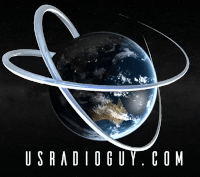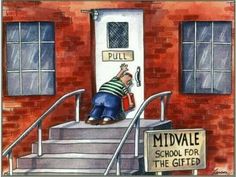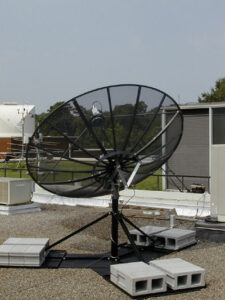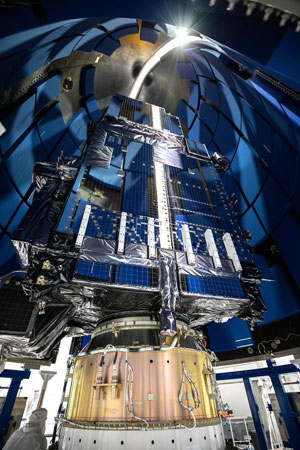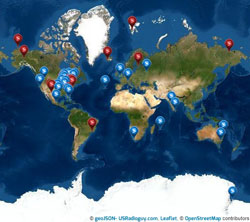![]()
We’re like kids in a candy store, except the candy store is a never-ending galaxy of pixels and the candy is data and images of the Earth from space. They can tell you the exact location of any given spot on the planet just by looking at a grainy satellite image. They see patterns and shapes whereas others see just clouds and mountains….not really, but we are a great group!
Satellite data and imaging enthusiasts are an international group of people who are passionate about receiving and analyzing satellite data and imagery. They are a niche group of people with an appreciation for the vast wealth of information available to them from satellites orbiting in the sky. They use a variety of antennas and data receivers, including Software Defined Radios (SDRs) and home-built antennas, and repurposed satellite dishes, to capture data and imagery from satellites in low Earth orbit and Geostationary orbit. Low Earth orbit (LEO) satellites typically orbit the Earth at an altitude of between 160 and 2000 kilometers, while geostationary orbit (GEO) satellites orbit at a distance of around 36,000 kilometers above the Earth’s surface.
With the increasing availability of open-source software and affordable SDR hardware, this hobby has become accessible to a wider audience, and many hobbyists are now able to receive images and data directly from satellites in low Earth orbit and Geostationary orbit.
Satellite data and imaging enthusiasts share their talents, ideas, open-source software, and designs with an international audience. They often come together online to discuss their latest projects and findings, and to share resources and advice. As coders and experimenters, they are involved in the development of new software and new technologies for gathering and analyzing satellite data, as well as in the development of applications that use satellite data to provide insight into the Earth and its environment.
One of the most popular applications for satellite data and imagery enthusiasts is weather monitoring. With the ability to receive data directly from weather satellites, enthusiasts can track the movement of storms, hurricanes, and other weather systems in real time. This information can be useful for a variety of applications, including weather monitoring, disaster response, agriculture, and aviation.
In addition to weather monitoring, satellite data and imagery enthusiasts can also use their skills and equipment for a variety of other applications, including earth observation, decoding the avionics system used for sending text messages between ground and airborne stations, environmental monitoring, and amateur radio communication. Enthusiasts also participate in satellite tracking and prediction, which involves predicting the trajectory of satellites and determining the optimal time and location for receiving data and imagery.
Using these tools, they process and decode satellite images and data to create maps, models, and simulations to help better understand the Earth, its climate, and its resources. In many ways, they are similar to citizen scientists, who use their skills, access to technology, and commitment to science to make meaningful contributions to both the hobbyist and the scientific community.
For those interested in getting started with receiving and analyzing satellite data, there are a number of excellent resources available. Websites like usradioguy.com offer tutorials and advice on setting up and building antennas and receivers. There is a list of helpful and informative websites here. Other helpful websites include NOAA and EUMETSAT, which share satellite imagery from their weather satellites with the public. Additionally, there are a number of online forums and discussion boards where enthusiasts can ask questions and share their experiences.
For those who are willing to invest the time and effort, receiving satellite data and imagery directly from satellites can be a rewarding hobby. Not only does it provide a great opportunity to learn about the latest technologies and build complex equipment, but it also allows enthusiasts to make a direct connection with satellites in the sky, and people with similar interests around the planet.
With the right tools and knowledge, anyone can become one of these enthusiastic explorers, unlocking the secrets of the skies.
So if you ever come across one of these enthusiasts, be sure to ask them to show you their favorite satellite images. They’ll be more than happy to oblige, and who knows, you might just catch the bug yourself and join their quirky, crazy, and endlessly fascinating world of satellite data and imagery!
If you like what I do please support me on Ko-fi, It really means a lot, every bit helps!
